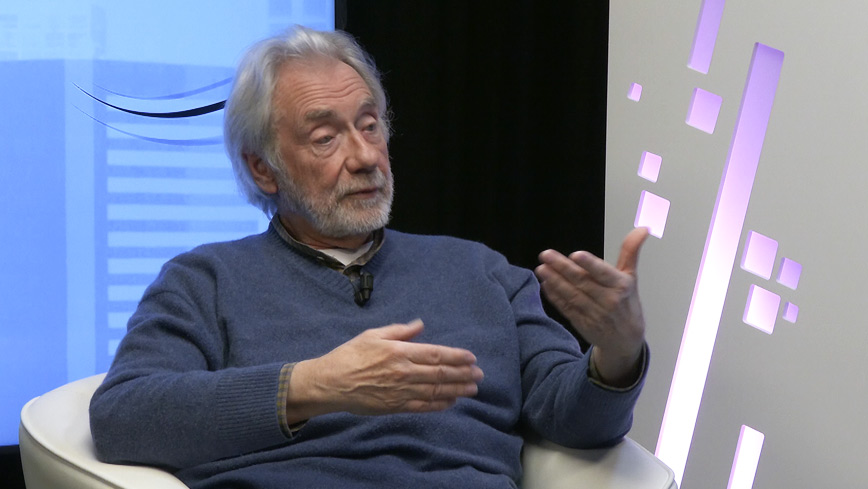Cigref TV presents its study : "Designing 21st Century Organizations for Generativity"
Pour consulter l'étude en français, cliquez sur le lien suivant : "Concevoir les organisations génératives du 21ème siècle"
Massive digitalization means a whole new company innovation process. Interestingly, to describe this process, professors Yoo and Kulathinal from Temple University use an organizational genetics approach. In biology, genetic elements like genotypes combine to result in an incredibly rich variety of phenotypes. In the business field, the network of genes is represented by the existing technological components and the phenotypes by a whole set of heterogeneous innovations. In other words, innovation comes from the recombination of technological base modules, as it does with living organisms.
Starting from this observation, researchers set out a list of recommendations for organizational designers to foster innovation from within their companies. Firstly, considering some elements have superior generative potential – as in genetics -, top management should focus on creating base modules with elements that facilitate innovation. The second recommendation is to set down rules in which the modules can be combined by third-party developers, who play an increasingly important role in innovation in the digital age. For example, Wordpress provides selected internal APIs which guide the development of plugins on the platform. Yet, companies must set limits as to the evolvability of the modules to guide the direction in which the innovation is going and match it to the business’ strategic objectives – that’s the third recommendation. In order to do so, the organization can provide incentives to third-party developers. Another solution simply comes through acquisitions, as Facebook demonstrated with Instagram. The last recommendation is also linked to genetics as some techniques, such as sequence analysis and phylogeny, can be used to measure the progress of innovation. The purpose is to find out about the innovation penetration and what mutations are yet to be developed.
These recommendations show how much genetics can inspire the redesign of organizations with digital technology. Global connectivity, social media and mobile services are qualified by the professors Yoo and colleagues as “generative machines” which now drive innovation, like genes for living organisms. Previously, that impulse came from “physical machines” in the early age of industrialization and “smart machines” that dominated the late 20th century. And the lesson from the genetic approach is quite clear: the distinctive characteristic is the modular design of businesses, and recombination is the basic mode of organizational improvement.
Pour aller plus loin:
La Fondation CIGREF: www.fondation-cigref.org
Les Essentiels de la Fondation CIGREF: http://www.fondation-cigref.org/publications/les-essentiels/
La Collection Springer Briefs in Digital Spaces: http://www.springer.com/series/10461"
What digital companies can learn from… genetics, a Cigref TV's video
Publié le jeudi 15 janvier 2015 .  3 min. 22
3 min. 22
LES + RÉCENTES




LES INCONTOURNABLES













